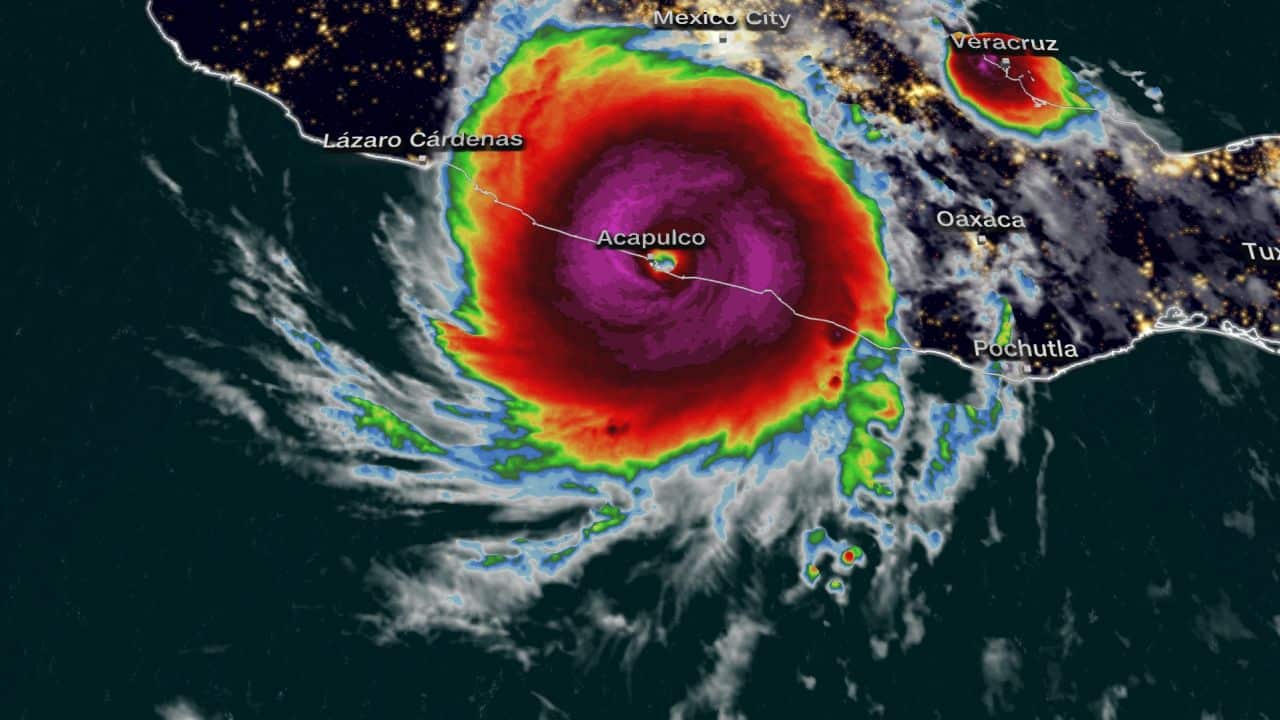Hurricane Otis made a rare Category 5 landfall near Acapulco, Mexico, early Wednesday morning after it underwent explosive rapid intensification on Tuesday.
Otis roared ashore at 1:25 a.m. CDT with maximum sustained winds of 165 mph near Acapulco, a metropolitan area of around 1 million residents.
“There are no hurricanes on record even close to this intensity for this part of Mexico,” the National Hurricane Center said in its Tuesday evening discussion.
Otis had a very unexpected rapid intensification phase on Tuesday: Otis was a tropical storm with 70 mph winds at 10 a.m. CDT. Just 13 hours later at 11 p.m. CDT it was a Category 5 with 165 mph winds.
Rapid intensification is a wind increase of at least 35 mph in a 24-hour period. Otis easily outran that criteria with a wind increase of 95 mph in just 13 hours and 110 mph in 24 hours.
1.) Otis was a small storm when it began to rapidly intensify on Tuesday. Smaller tropical storms and hurricanes are typically more prone to quick upward and downward changes in intensity.
2.) An upper-level disturbance, or trough, near Mexico’s Baja California might have enhanced the storm’s outflow, as noted below by NOAA hurricane scientist Andy Hazelton. This helps ventilate hurricanes, giving them the ability to grow stronger and stronger.
3.) Water temperatures were in the middle 80s near the coast of Mexico, which is plenty warm for a hurricane to rapidly intensify.
Otis is centered inland over Mexico, where it will rapidly weaken and then dissipate later today. Flooding rainfall, mudslides and destructive winds will continue to be dangerous threats.
Otis is expected to bring 8 to 16 inches of rainfall to Guerrero and parts of Oaxaca through Thursday. Locally higher amounts of up to 20 inches of rain are possible. Flooding and mudslides are possible, especially since the area features mountainous terrain.








